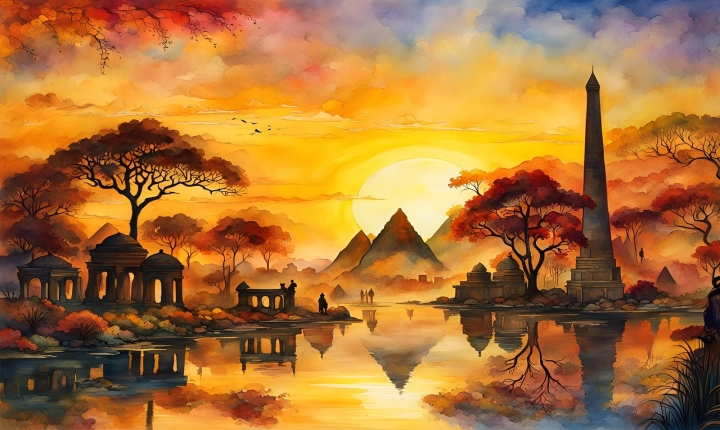Is AI Art Really Art?
Artificial Intelligence, or AI, has undeniably permeated various aspects of our lives, from healthcare to transportation, and even in the arts. With the advancement of AI technology, the creation of art has also been influenced, leading to a growing debate on whether AI art can truly be considered as art.
AI-generated art refers to pieces of visual or auditory art that are created through machine learning algorithms. These algorithms are programmed to analyze and mimic patterns and styles from existing artworks, and then generate new compositions. The resulting pieces can be visually striking, thought-provoking, and in some cases, indistinguishable from human-created art.
Proponents of AI art argue that these pieces can evoke genuine emotional responses, stimulate creativity, and push the boundaries of traditional art forms. They maintain that the process of creating art, regardless of whether it is done by a human or a machine, is an expression of creativity and imagination, and therefore, AI art should be considered as a legitimate form of artistic expression.
On the other hand, critics of AI art raise important questions about the authenticity and originality of art generated by machines. They argue that true art is born from human experiences, emotions, and intellect, and that AI-created art lacks the depth and meaning that is inherent in human-created works. They also express concerns about the potential for AI to devalue the labor and craftsmanship of human artists.
It is important to acknowledge that AI art has indeed made significant contributions to the art world. For example, AI algorithms have been used to create intricate visual patterns, generate music compositions, and even produce compelling pieces of literature. These advancements have opened up new possibilities for collaboration between humans and machines and have broadened the scope of artistic exploration.
In the end, the question of whether AI art can be truly classified as art may be more about the definition of art itself. If art is defined as a form of expression that evokes emotions, challenges perceptions, and sparks creativity, then AI-generated art can undoubtedly meet these criteria. However, if art is perceived as an exclusively human affair, born from the depths of human experiences and intentions, then perhaps AI art may fall short.
Despite the ongoing debate, one thing is for certain – AI art has become an integral part of the contemporary art scene and is likely to continue pushing the boundaries of artistic expression. As technology continues to evolve, it is essential for us to adapt our understanding of art and its role in society, and to embrace the potential for AI to inspire and challenge us in new and unexpected ways. Whether AI art is truly art is a question that may not have a definitive answer, but its impact on the art world is undeniable.
